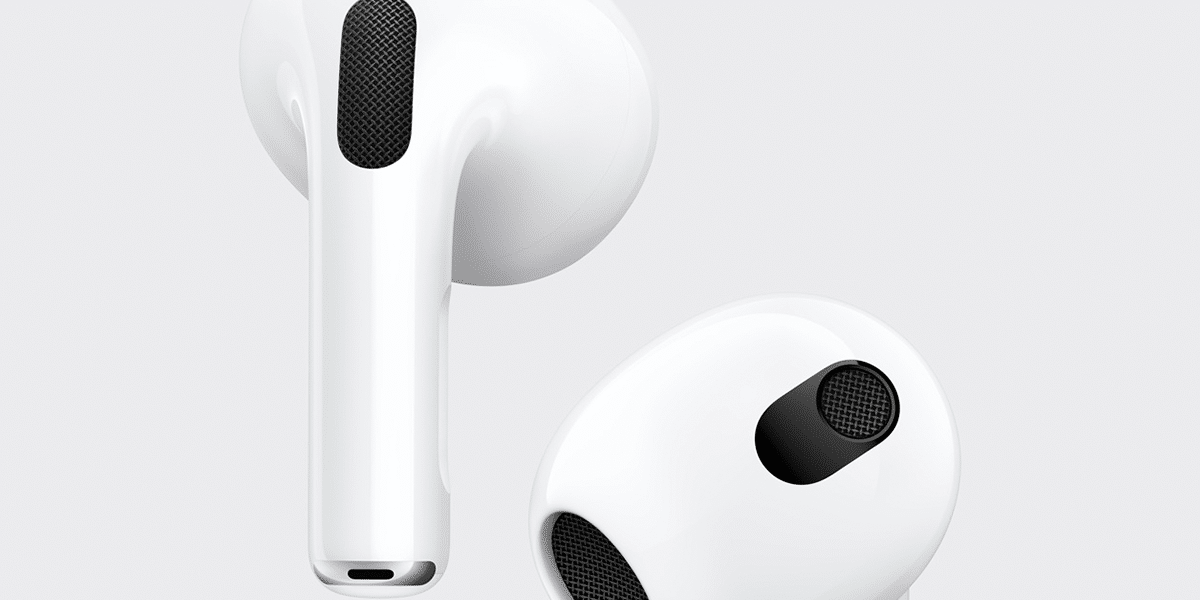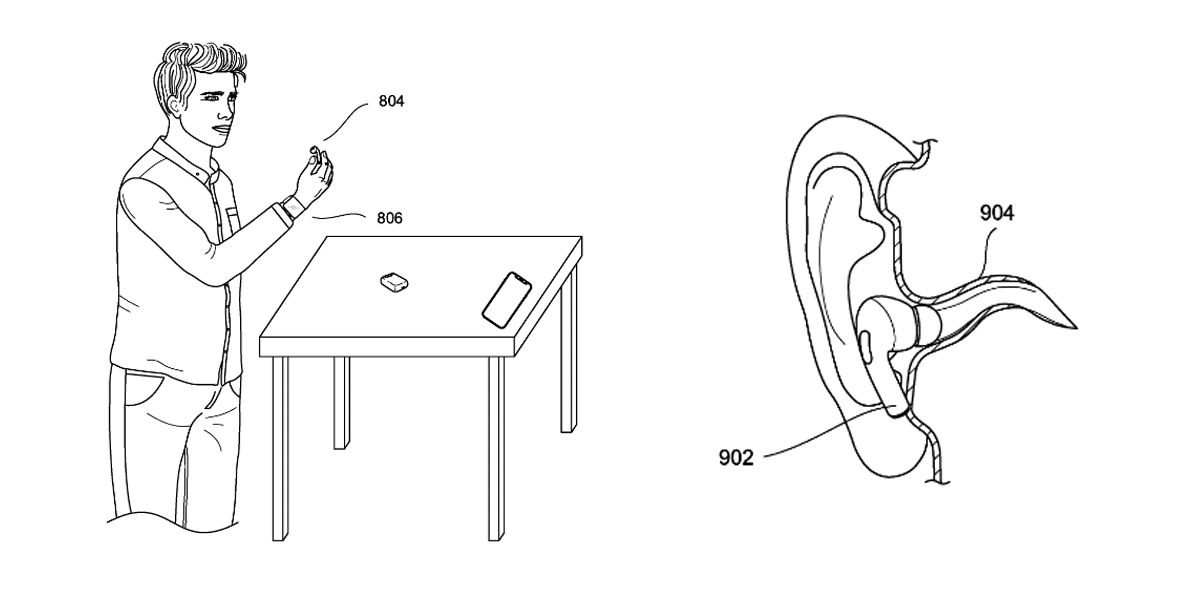
La privacy and security in Apple devices is one of the fundamental pillars in their design and production. Throughout history, security systems such as the unlock code, Touch ID or Face ID have been appearing. Each one with its advantages and disadvantages but with a single objective: to protect and authenticate, that is, to guarantee that the user is who they say they are to access all their information. a new patent collect how user authentication could be brought to AirPods through a hypothetical ultrasound system that would outline the ear of each user.
User authentication could come to AirPods
Security systems have a common element which is exploit the unique characteristics of each user, those characteristics that make us different from each other. Above all, biometric security systems such as Face ID or Touch ID are based on that, on developing electrical patterns through hardware and software to create "digital signatures" that, when matching the user, access the device.
However, many devices do not have an authentication system. Because they do not have enough hardware or because considering incorporating it would greatly increase the cost of the device. A new Apple patent discovered by Patently Apple and published in the United States Patent and Trademark Office has opened a possibility of incorporating authentication in the AirPods, Apple headphones.


The purpose of this patent is not specifically to focus on biometric authentication but for the purpose of bringing authentication to AirPods. Since for Apple it is a security breach the fact that a user can put on some AirPods that are not theirs. Being able to access notifications from a device that is not yours. To do this, Apple proposes external authentication systems to access the headphones such as Touch ID or Face ID, through the device to which they have been connected, or an ultrasound-based biometric system.
For example, various characteristics of the user's ear provide an echo of the ultrasonic signal that is unique to the user. Variations in the surface of the wearer's ear canal can cause the ultrasonic signal to reflect off the surface and generate an echo with a signature associated with the wearer. For example, a user having a larger ear canal may result in an echo having a longer reverberation time than a user having a smaller ear canal.
The emission of ultrasound by the AirPods would produce an echo that would be different for each user. This is due to anatomical differences in the ear canal between different people. The generated map would produce a "digital signature" that would increase security when authenticating the user.